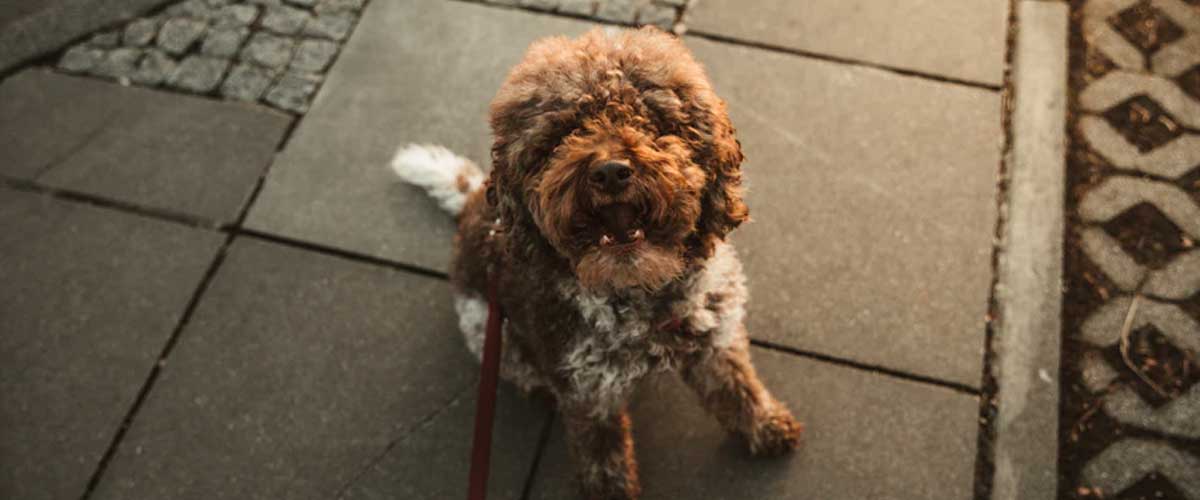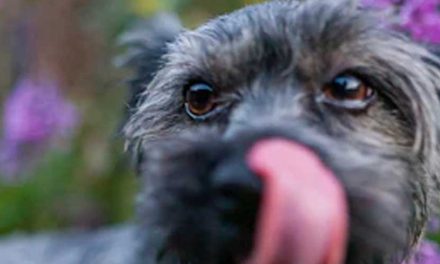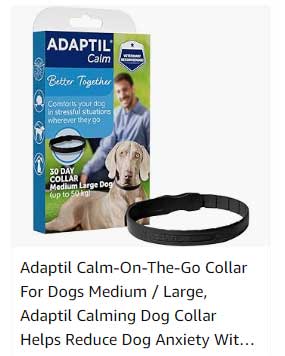Taking a walk is a fundamental part of a dog’s life; it provides exercise, mental stimulation, and an opportunity to socialize.
However, some dogs experience anxiety during walks, which can make this otherwise enjoyable activity distressing for both the dog and the owner.
Easing dog anxiety on walks requires understanding the root causes of the anxiety and implementing various strategies to create a more comfortable experience for your furry friend.
Understanding Dog Anxiety
Before addressing ways to ease anxiety, it’s essential to understand why some dogs may feel anxious during walks.
Common triggers include unfamiliar environments, loud noises, aggressive dogs, or even previous negative experiences.
If your dog shows signs of anxiety—like excessive barking, cowering, or trying to hide—it’s essential to approach the situation with patience and care.
Gradual Exposure
One effective method for easing anxiety is gradual exposure to the triggers that cause it.
You can start at home, where your dog feels safe, and gradually introduce elements of the outside world.
For example, play recordings of street sounds or other noises your dog may encounter outside.
Don’t expect immediate results; slowly increase the volume over time to help your dog acclimate.
Once your dog seems more tolerant of these sounds, you can begin to take short walks in quieter areas, gradually extending the route as they become more comfortable.
Always keep the experience positive, rewarding your dog with treats and praise for calm behavior.
Building a Positive Association
Another technique to help ease anxiety is to create positive associations with walking.
Before going on a walk, engage your dog in a fun activity like fetching a favorite toy or practicing tricks.
By pairing these enjoyable activities with the anticipation of going outside, your dog may come to associate walks with fun rather than anxiety.
During the walk, ensure to bring treats or favorite toys to distract your dog if they begin to show signs of anxiety.
When you notice your dog remaining calm in a potentially stressful situation, reward them.
This reinforcement helps to cement the idea that being calm results in positive outcomes.
Training and Obedience
Sometimes, anxiety can stem from a lack of training or focus. A well-trained dog is often a more confident dog.
Basic obedience training can help instill commands that are useful during walks, like ‘sit,’ ‘stay,’ and ‘leave it.’
Training helps improve your dog’s impulse control and focus, making them less likely to react anxiously to environmental stimuli.
Consider enrolling your dog in group training classes.
Besides enhancing obedience, these classes will expose your dog to various situations and other dogs, helping them build confidence and socialize in a controlled environment.
The Right Gear
Having the appropriate equipment can significantly impact your dog’s comfort on walks.
Ensure you are using a comfortable harness instead of a traditional collar, especially if your dog tends to pull.
Harnesses distribute pressure more evenly and can help prevent discomfort that may cause anxiety.
Additionally, consider using a longer leash to give your dog more freedom while allowing you to maintain control.
This setup can help them explore their surroundings at their own pace.
Consult with Professionals
If your dog’s anxiety is severe, consulting a professional dog trainer or a veterinary behaviorist might be necessary.
They can provide tailored advice and training programs suited to your dog’s specific needs.
If necessary, they might also recommend medication to help alleviate anxiety, which could be a temporary solution while you work on behavior modification.
Creating a Calm Environment
Lastly, ensure that your dog’s home environment is calm and reassuring.
Spend time engaging in relaxing activities together, like cuddling or leisurely crate time.
A calm environment fosters a sense of stability that can translate to happier and less anxious walks.
In summary, easing dog anxiety on walks involves understanding the triggers of their anxiety, gradually exposing them to these stimuli, creating positive associations with walking, providing proper training, and using the right equipment.
Remember, progress takes time, so be patient with your dog, and enjoy the journey of learning and growing together.










